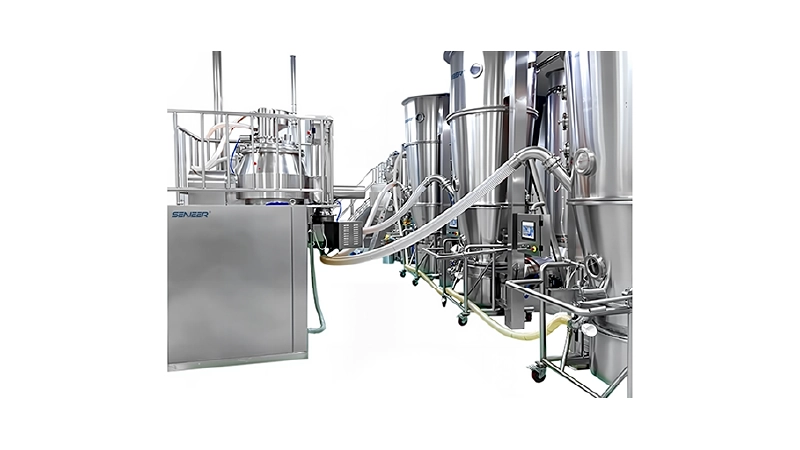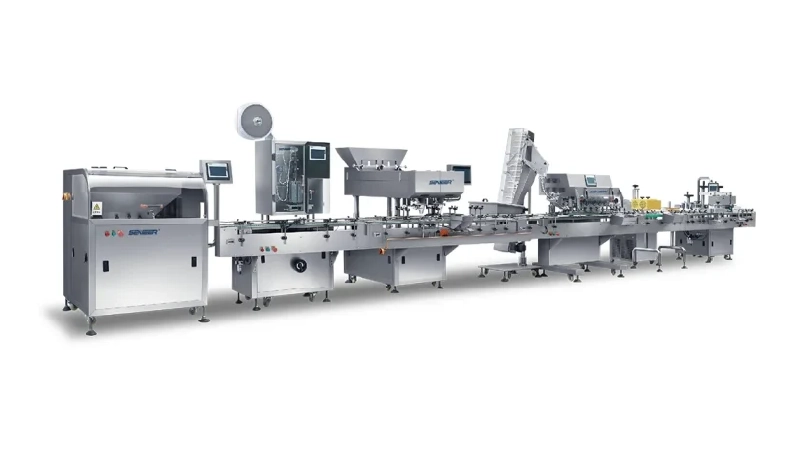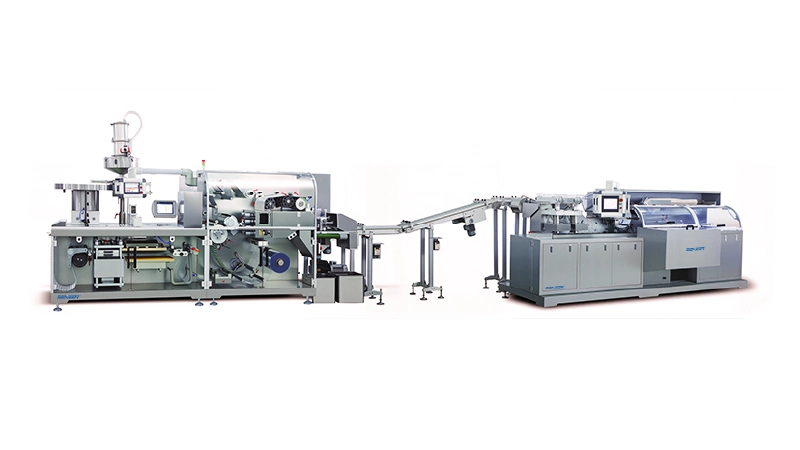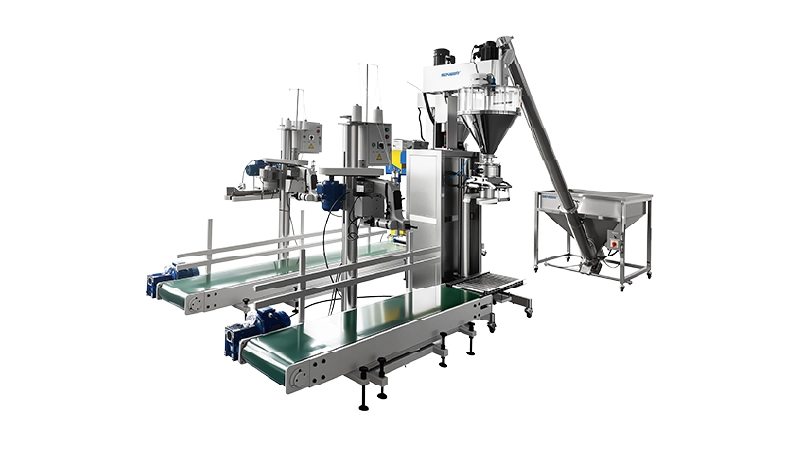Introduction
Blister packaging, and 4 side sealing packaging are two popular forms of primary packaging systems. In Europe, 85% of solid dosage forms, and in the United States, less than 20% of solid drug products are packaged in blisters. However, due to its advantages, blister packs are increasingly accepted by consumers and manufacturers in the United States.
However, it can be difficult to differentiate between
blister packaging and 4 side sealing packaging. In my opinion, after reading this article you may understand the difference between blister packaging and 4 side sealing packaging. Also, you can find the difference between 4 side sealing and blister packaging from here. However, do you know the difference between packaging?
Definition of Blister Packaging and 4 Side Sealing Packaging
A blister pack is a unit-dose packaging format in which a preformed blister/eye is filled with product and sealed with a heat-sealable cover material. Here, the blisters/eyes/shells are formed by a thermoforming or cold forming process.


▲Typical blister thermoforming and sealing (line sealing)
4 side sealing packaging is another form of unit-dose packaging in which the drug product is enclosed between two sheets of heat-sealable packaging by means of heated reciprocating flat heat sealing, or heated sealing rollers.


The Process of Blister Packaging and 4 Side Sealing Packaging
Blister Packaging Process: Blister packaging is made by a form-fill-seal method. First, the blister/eye is formed by a thermoforming or cold forming process, then the product is filled and sealed with a heat sealable cover material.

▲Running diagram

▲Typical blister packaging machine
4 Side Sealing Packaging Process: A 4 side sealing is formed around the tablet as the tablet passes through a heated reciprocating heat-sealing plate, or heated sealing roll, and fall into the sealing area between the two sides of the heat-sealable flexible film rolls.

▲Running diagram

▲Typical 4 side sealing packaging machine
The Advantages of the Two Packaging
Blister Packaging
● Provide more mechanical protection
● Easy to use

4 Side Sealing Packaging
● Better for child-proof opening.
● The packaging is very “tight” and less air is contained, thus providing more protection from air molecules and moisture.
● 4 side sealing packaging is more suitable for capsule packaging. It keeps the capsules separate, organized and safe.
Disadvantages of Both Packaging
Blister Packaging
● More air trapped on the blister.
● Less resistance to use by children than 4 side seals
4 Side Sealing Packaging
● Take up more space
● The elder and people with arthritis in the fingers should not use the 4 side seals.
● Risk of product damage during handling/Prone to mechanical damage.

Patient Compliance
Blister packaging have a good display advantage. Therefore, blister packs can help customers see medicines, further helping them make purchasing decisions. More than half of customers feel it is important to see a product through the packaging.
On the other hand, 4 side sealing packaging does not provide a good display advantage (unless one side is transparent film).
Instructions
Remove product from blister packaging by pushing or peeling. However, the product will dislodge from the 4 side seal due to tearing.
Bubble Cavity
In blister packaging, the blister/bubble cavity is formed by a thermoforming or cold forming process. Conversely, blister packaging have either thermoforming or cold forming cavities, while 4 side seals have no thermoforming or cold forming bubble cavities.
Forming Methods of Blister Packaging and 4 Side Sealing Packaging
There are two basic types of pharmaceutical blister packaging.
● Thermoforming blister packaging
● Cold stretch blister packaging.
4 side sealing packaging does not require forming bubble eye.
Popularity
Blister packaging is the more popular primary packaging system than 4 side sealing packaging.
Blister packaging are used as the primary packaging for a range of pharmaceutical products such as tablets, pills, capsules, suppositories, vials and ampoules.
4 side sealing packaging is an alternative to the main packaging system, especially for packing capsules and tablets.
Summary of the Advantages and Disadvantages of Blister Packaging and 4 Side Sealing Packaging
| Feature |
Blister Packaging |
4 Side Sealing Packaging |
| Advantage |
•Provide more mechanical protection
• Easy to use
|
• Better for child-proof opening
• The packaging is very “tight” and less air is contained, thus providing more protection from air molecules and moisture.
• 4 side sealing packaging is more suitable for capsule packaging. It keeps the capsules separate, organized and safe.
|
| Disadvantage |
• More air trapped on the blister.
• Less resistance to use by children than 4 side seals
|
• Take up more space
• The elder and people with arthritis in the fingers should not use the 4 side seals.
• Risk of product damage during handling/Prone to mechanical damage.
|
| Popularity |
More popular in the main packaging |
More popular in hot and humid areas such as tropical and subtropical regions |
References
- Dean, D.A., A review of blister and strip packaging of tablets and capsules, Interphex 1974
- Lachman, L., & Liebermann, H. A. (2013). The Theory and practice of industrial pharmacy. Washington Square, Philadelphia USA: Lea & Febiger
- Pilchik, R (November 2000), “Pharmaceutical Blister Packaging, Part 1, Rationale and Materials” (PDF), Pharmaceutical Technology: 68–77




















